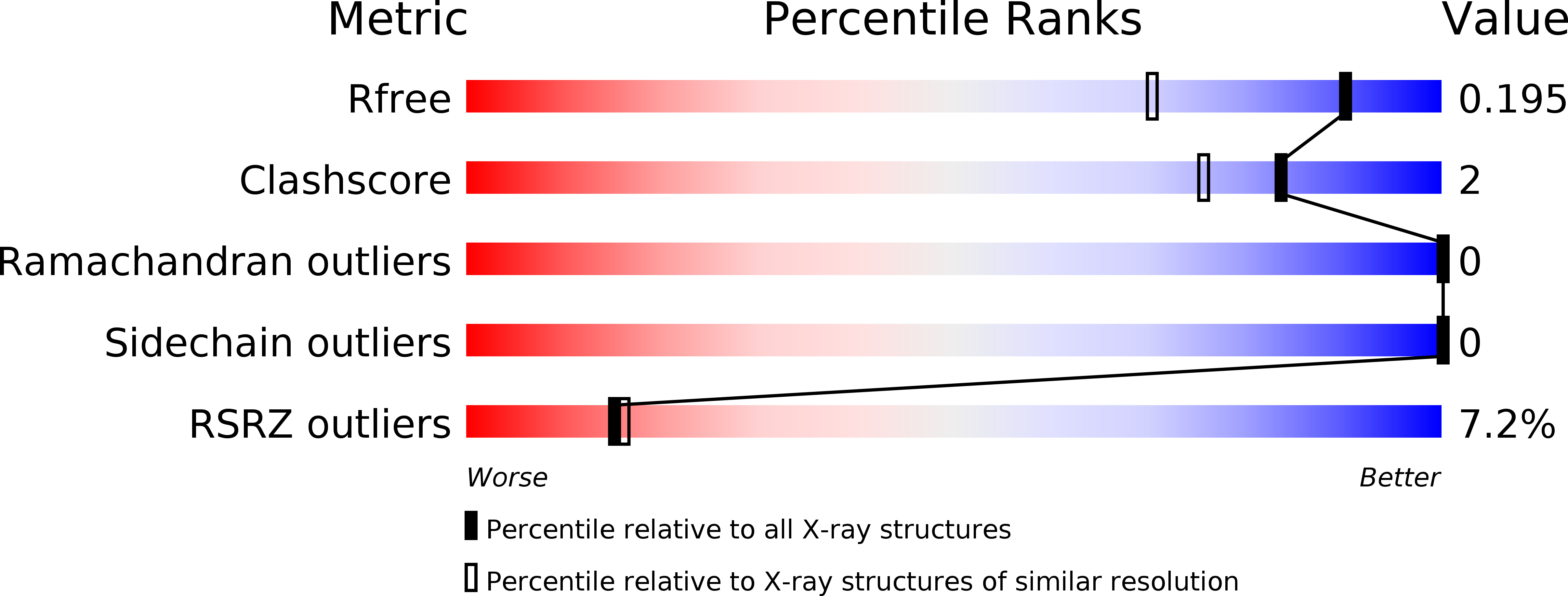
Deposition Date
2018-10-09
Release Date
2019-07-31
Last Version Date
2024-11-20
Entry Detail
PDB ID:
6MQG
Keywords:
Title:
Crystal structure of KRAS V14I-GDP demonstrating open switch 1 conformation - Form 1
Biological Source:
Source Organism:
Homo sapiens (Taxon ID: 9606)
Host Organism:
Method Details:
Experimental Method:
Resolution:
1.50 Å
R-Value Free:
0.19
R-Value Work:
0.15
R-Value Observed:
0.15
Space Group:
P 3 2 1


